14 classic Chinese chairs, do you know them all?
In ancient times, people sat on the ground and there were no chairs. According to the Book of Songs, chairs appeared during the reign of Emperor Ling of the Han Dynasty. Their predecessor was the Hu bed introduced from the north during the Han Dynasty. Four-legged armchairs appeared during the Northern and Southern Dynasties. After the middle of the Tang Dynasty, as the number of chairs gradually increased, the name of chairs was separated from "beds" and the name of chairs began to be used. The ancient chairs we see today are all Ming and Qing chair styles, mainly including backrest chairs and armchairs, with distinct characteristics of the times.
01
Chair
The cross-legged chair is a primitive folding seat used by ancient northern ethnic minorities. It is called a Hu bed, also known as "cross-legged bed", "cross-legged chair" or "rope bed". It can be folded for easy carrying.
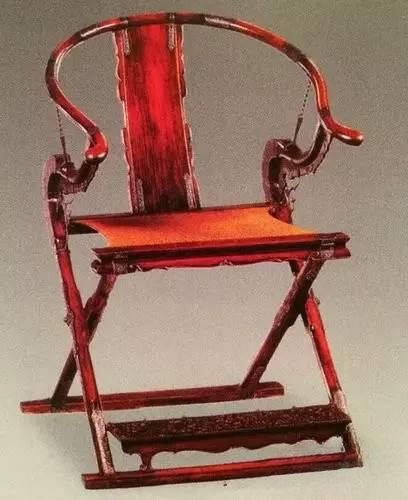
The structure of this chair is very similar to a stool. When placed, the chair legs made of a square frame structure are pulled apart along an iron axis to form a cross shape, hence the name. The cross-legged chair has an arc-shaped backrest and armrests, which go down from high to low. When sitting, the arms of the person can lean on the circular armrests, which is very comfortable; the seat is a soft cushion, the chair legs can be folded, and there is a footrest underneath. The cross-legged chair was already quite well made in the Southern Song Dynasty. The cross-legged chair was still popular in the Yuan and Ming Dynasties. When used, the cross-legged chairs are placed in an eight-character orientation, with the host and the guest sitting opposite each other; or a cross-legged chair can be placed in the middle of the lobby, and one or more cross-legged chairs can be placed on the left and right sides. By the middle of the Qing Dynasty, due to the popularity of other chairs, this foldable cross-legged chair was no longer popular. The arc-shaped backrest and armrests of the cross-legged chair have very high requirements for the selection of wood texture. The particular ones are three-piece (that is, three arc-shaped wood connected by wedges, nails and tenons), and generally five-piece.
02
Armchair
The round chair is named because the backrest and armrests are connected to form a circle. It is an improvement on the cross-legged chair. The round and graceful chair ring passes through the rear column, from high to low, and becomes the armrest. The backrest is concave and curved backwards.
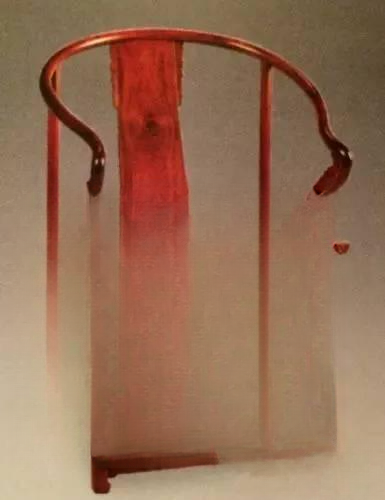
The armchair has a circular back and armrests. The circular back and armrests go down from high to low, and when sitting, the arms can lean against the circular armrests, which is very comfortable. The shape is round and graceful, and the body is plump and strong. It is one of the chair styles with unique national characteristics. It is usually displayed on the left and right sides of the eight-immortal table in the main house (pay attention to the placement method, not facing each other).
The round chair is an improvement of the cross-legged chair. The round and graceful chair ring passes through the rear pillar, from high to low, and becomes the armrest. The backrest is concave backward. When sitting, people feel very comfortable leaning their arms on the round armrest. From the structural point of view, the four round legs are slightly hollowed out, and the upper end of the front leg is called "goose neck" to support the armrest. Under the armrest is a connecting rod (also called "sickle handle") that bends outward; under the seat is a pot door arch tooth; at the heel of the leg, there are tube foot stretchers that are not on the same plane, called step-by-step tube foot stretchers. The round chair was once called "Taishi chair" in the Ming Dynasty.
03
Sedan Chair
The style is similar to that of a round chair, but the legs are very short. When in use, a plate is added to the bottom, and a sedan chair pole is put on, and the chair is lifted up for walking. The sedan chair is also placed indoors, but the backrest has a larger reclining angle and the seat is soft.
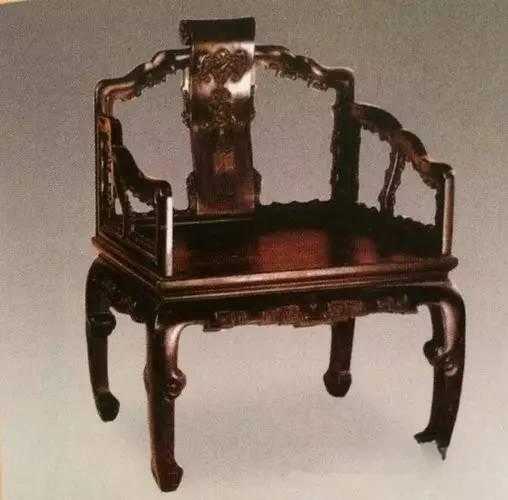
04
armchair
Chairs without armrests are all backrest chairs. Backrest chairs are simple in shape, so there are not many styles. Different chair styles are mainly different in the "headrest" and "backrest". For example, a chair with a wider back than a lamp hanging chair is called a "Yitongbei" chair, which means it looks like a stele. It is also called "single backrest" by the people in the south.
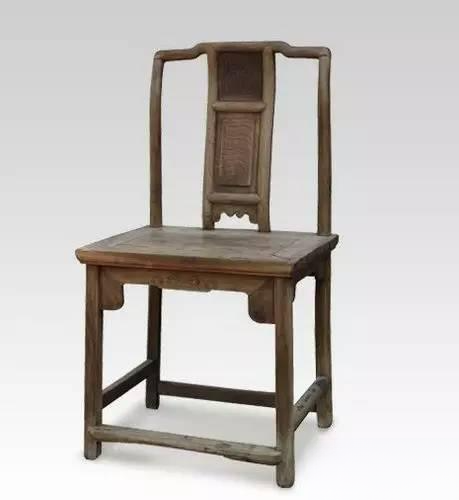
Lamp-hanging chair: One of the styles of armchairs, the two ends of its backrest are raised, which looks like the handles of bamboo oil lamps in rural Jiangnan regions, hence its name.
Comb-back chair: One of the styles of armchairs, named because the backrest of the chair uses evenly arranged round stems.
Screen-back chair: One of the styles of armchairs, named because the back of the chair is made into a screen-like shape. Common styles include “single-screen-back” and “triple-screen”.
05
armchair
There are two types of armchairs. One is the southern official hat chair, which is called the rose chair in the north and the literary chair in the south. It is short in shape, with the back and armrests perpendicular to the seat. The other is the four-foot official hat chair, which is named because its shape resembles the hat of ancient officials.
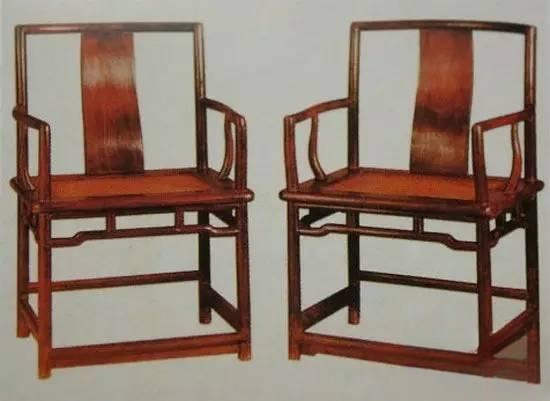
06
Ming-style four-cornered official hat chair
The four-pointed official hat chair is one of the typical styles of Ming-style armchairs. The ends of the "headrest" of this chair protrude, and the front end of the armrest also protrudes, so it is called "four-pointed". The "official hat" is the shape of the "headrest", with a slope cut in the middle, slightly drooping to both sides in an eight-shaped shape, and then raised again, with protruding ends, shaped like an official hat.
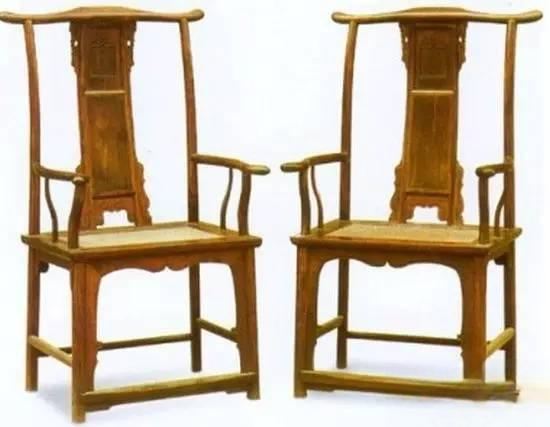
The biggest feature of the four-legged official hat chair is that the backboard is mostly "S"-shaped and made of a whole piece of board. The shape is simple and generous. The round column and the back legs are made of one piece of wood. The two armrests are connected to the supporting stick in the middle. It is thick at the bottom and thin at the top and upright. People are more comfortable sitting on the chair. It conforms to ergonomics and is a fine product among Ming-style chairs.
07
Ming Dynasty Southern Official Hat Chair
The Southern Official Hat Chair is one of the representative styles of chairs in Ming-style furniture. Because it was popular in the south, the word "South" was added before the "official hat chair" to distinguish it. The difference between the Southern Official Hat Chair and the "four-head official hat chair" is that the two ends of the "headrest" and the front ends of the two armrests are not protruding.
The shape of the Southern official's hat chair is not as generous as the four-headed style, but it is easier to use decorative techniques. The back and armrests can be decorated in a variety of ways, and the materials can be square or round, curved or straight. Generally speaking, the Southern official's hat chair is later than the official's hat chair, and later there was also a two-headed Southern official's hat chair.
08
Ming style rose chair
Also known as the "wen chair", the origin of the chair is unknown. The rose chair has three basic characteristics in shape: first, the backrest and armrests are perpendicular to the seat; second, the backrest is relatively low, only slightly higher than the armrests, and does not exceed the window edge and can be placed against the windowsill; third, there are multiple styles due to the different decorative patterns of the backrest and the use of different teeth.
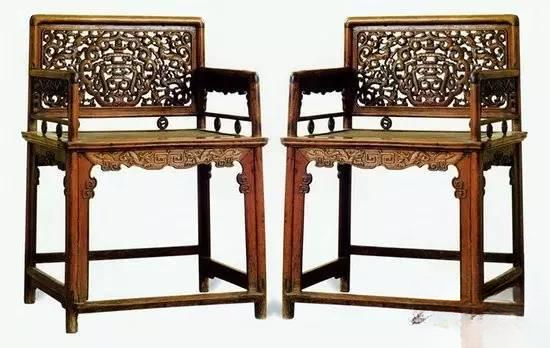
Huanghuali openwork rose chair with backrest height 88cm length 61cm width 46cm
The carvings on this rose chair are very complex. The backrest panel is carved with six dragons holding longevity patterns, and the bottom is supported by round dragon-patterned clips. The armrest crossbeam is decorated with pot-shaped teeth with relief dragon patterns. The seat is made of rattan, and the bottom is decorated with arch teeth with relief dragon patterns and volute patterns. The legs are round and straight, and the footrests are stepped up.
09
Lounge Chair
A reclining chair is a leisure chair that features a long reclining backrest, allowing people to sit back comfortably. There are several styles of reclining chairs, some of which are foldable and some of which have modular footrests.
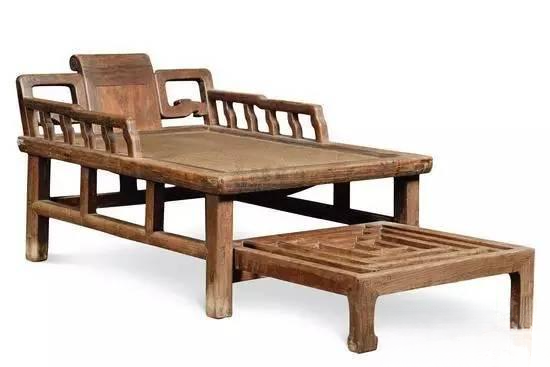
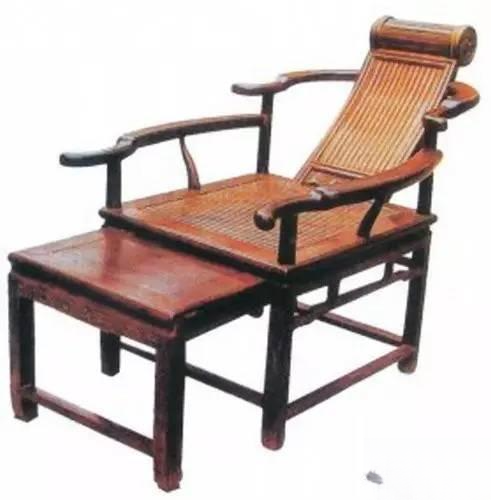
10
Hexagonal Chair
This wide armchair is based on the official hat chair in the south. The front edge of the seat is widened to make a hexagonal seat surface, so it has six legs. The front end of the armrest does not protrude, and there are tube legs in front of the six legs. It is called a "hexagonal chair" in the north.
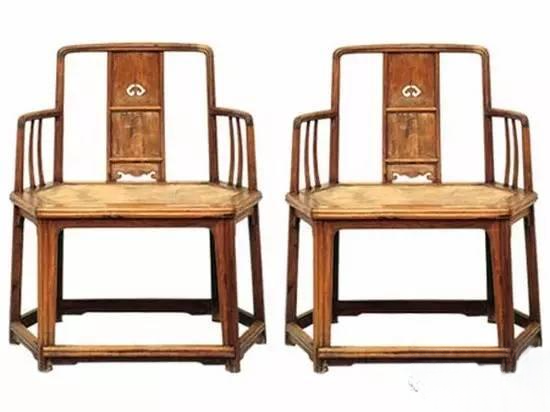
11
Qing Dynasty official hat chair
In the middle of the Qing Dynasty, official hat chairs were widely used, and the method was very different from that of Ming-style official hat chairs, so they were called Qing-style. The backrest of Qing-style official hat chairs was changed to vertical installation, and the backrest was flat. The Ming-style was slightly tilted backward, and the backboard was mostly curved; the decoration of Qing-style official hat chairs was more gorgeous than that of Ming-style, and the craftsmanship was more exquisite, but the structure was not as scientific as that of Ming-style.
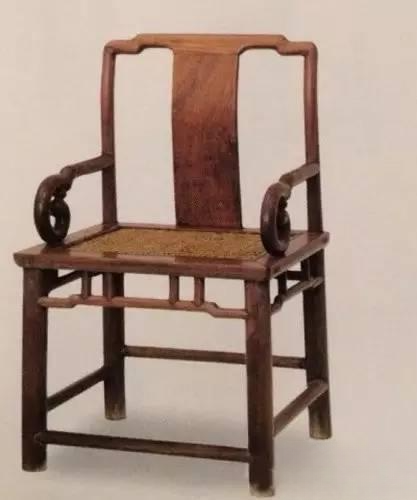
12
Qing Dynasty Taishi Chair
Among the armchairs of the Qing Dynasty, there is a type of chair with a large backrest, which is heavy and solemn in shape. It is displayed in rows in the hall and is called "Taishi chair" by the people. This type of chair is very different in style from the smaller armchairs with simple components, so it can be classified as a category and has a high collection value.
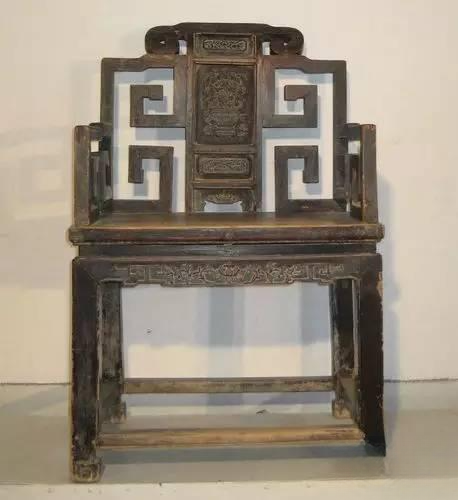
13
Qing-style single seat
The armchairs used in gardens and halls of wealthy families in the Qing Dynasty, commonly known as "duzuo" in Jiangnan, were made with reference to the "throne" of the palace. The chairs are large in size and imposing, and are often carved with cloud patterns, Ganoderma lucidum patterns, etc. The backrests are usually inlaid with marble. It is a unique chair in the Jiangnan area.
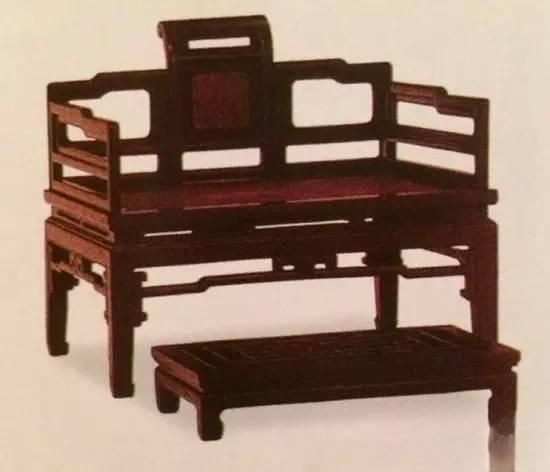
14
Qing-style Kang chair
A kind of seat used on the kang, which has only a seat and a backrest, but no legs or feet. Some backrests can be adjusted at will.
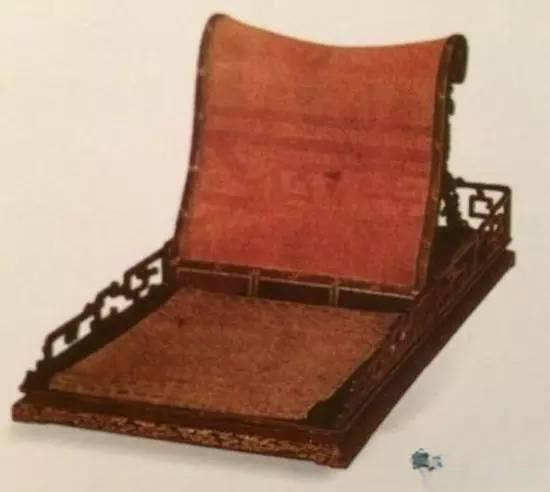
The above are several common Chinese chairs. In addition, there are also round chairs, fairy chairs, large chairs, warm chairs, literary chairs, Zen chairs, sleeping chairs, flower basket chairs, etc. There are more than ten categories and nearly a hundred varieties.
[Compiled from: Furniture Micro News]
Disclaimer: This article is compiled and edited from the Internet. If you have a definite final source, please let us know!
Thank you for reading, if you like it please click "Like", if you share please click **"…"
